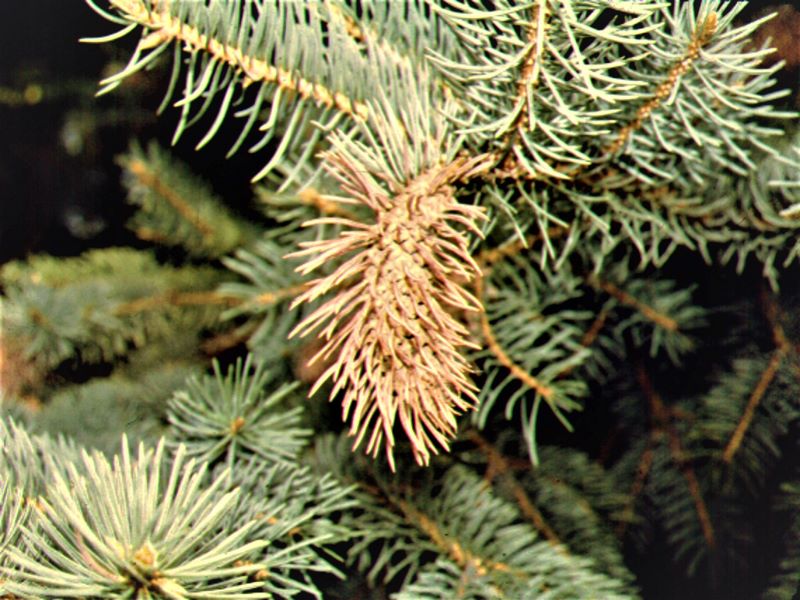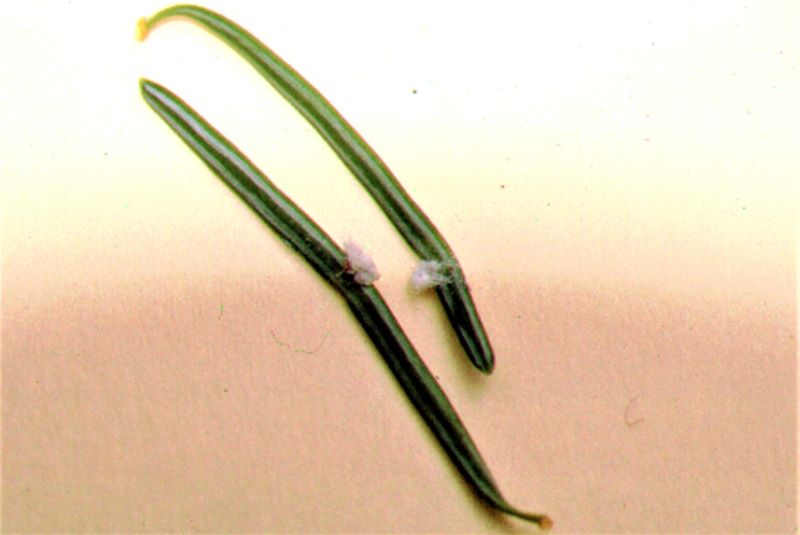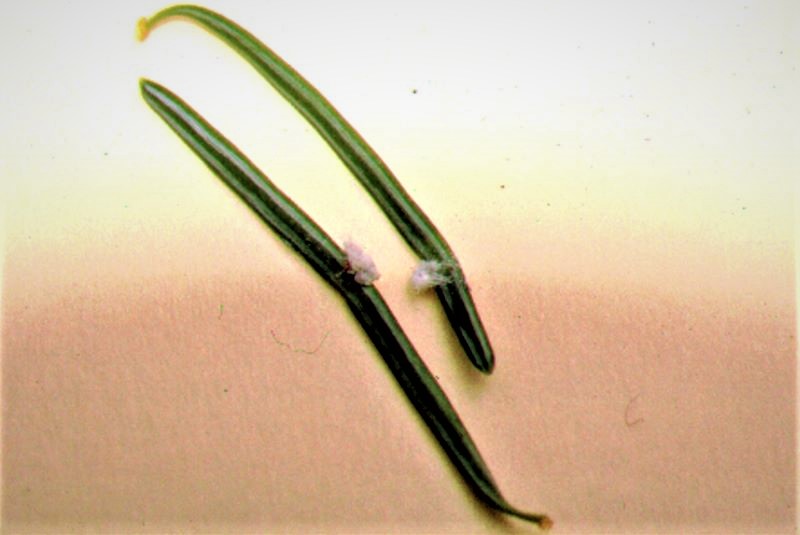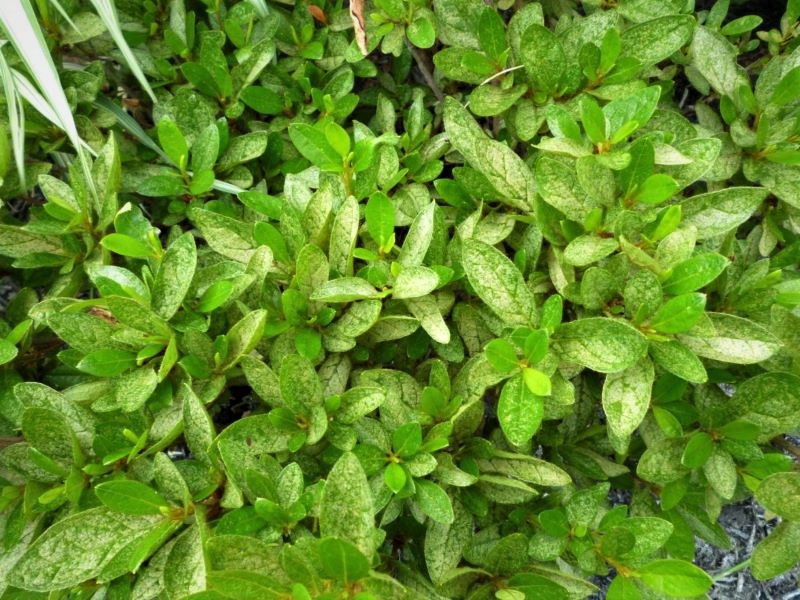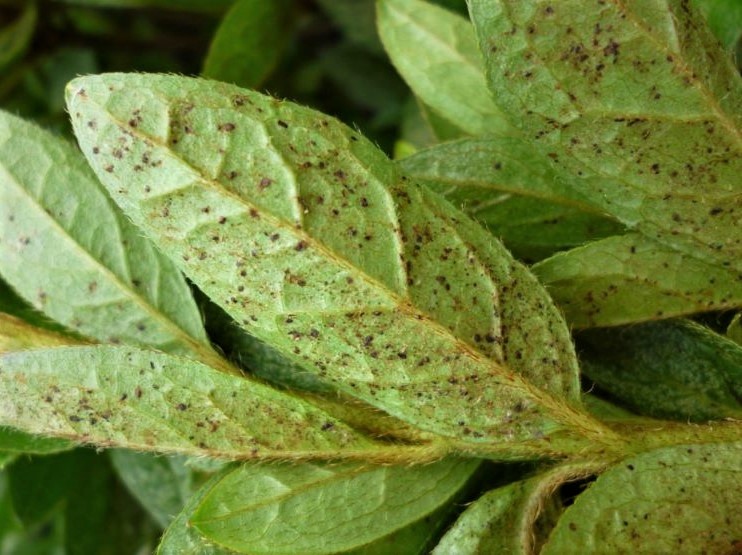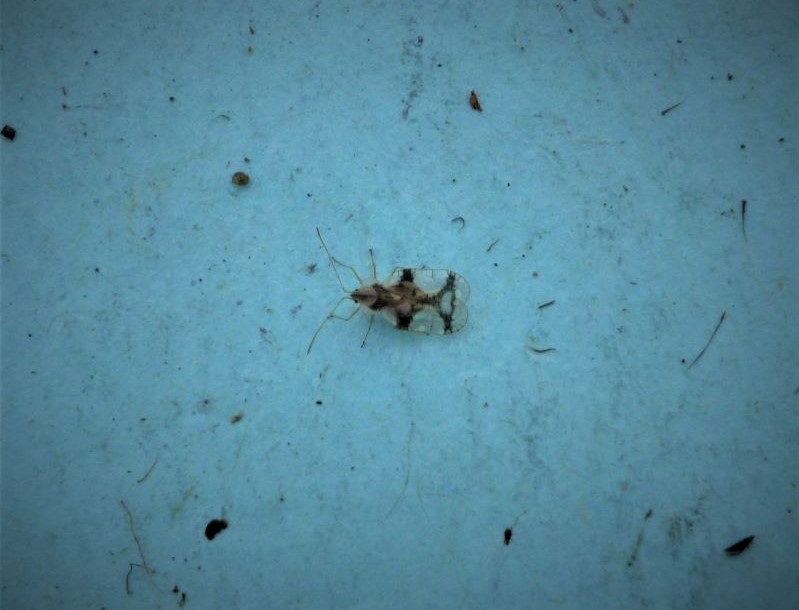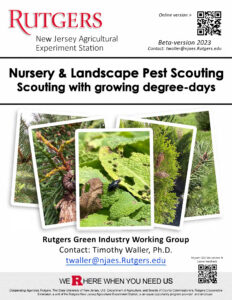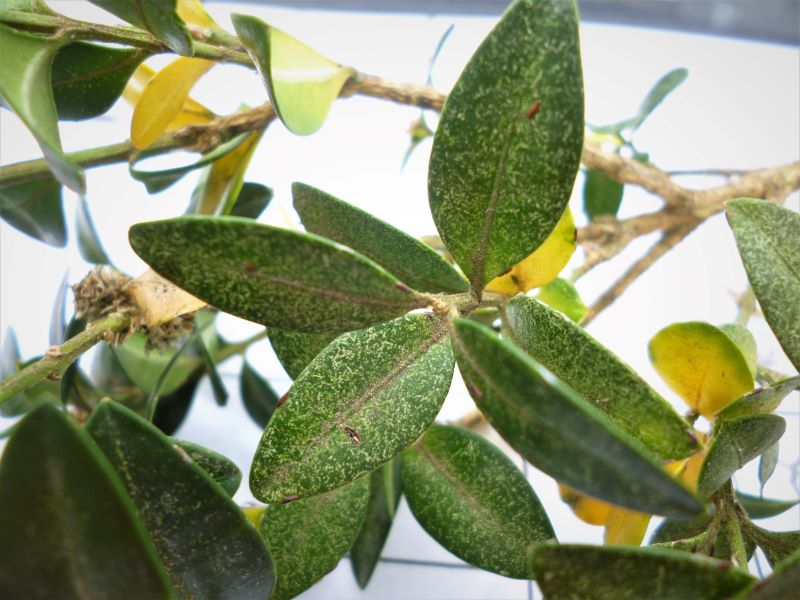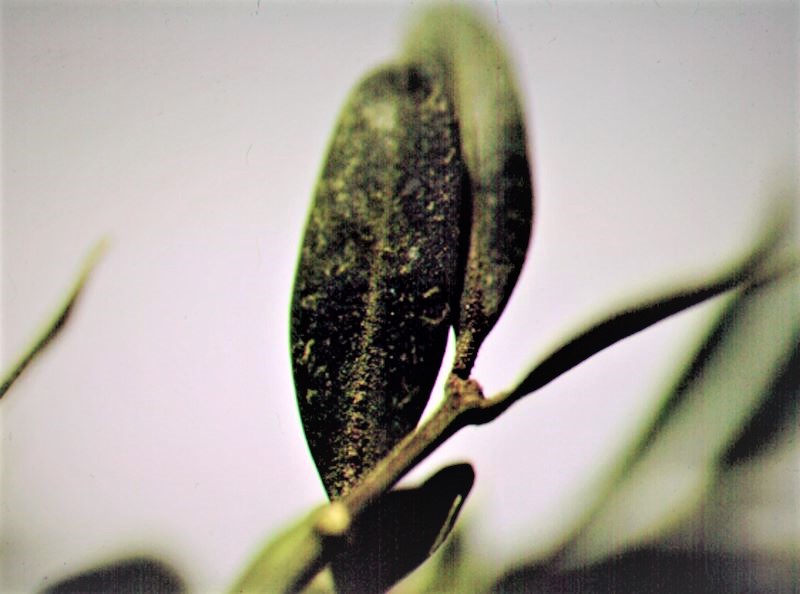SPOTTED LANTERNFLY (Lycorma delicatula)(1st Flying Adults = 1700 GDD): There are still some red-colored 4th instar nymphs being observed but most areas of NJ are now seeing the adult stage of this invasive planthopper. Adult spotted lanternflies will initiate a migration period beginning in late August that will continue into the weeks of September. It is during this time that this insect will become a major nuisance in residential sites & also within more urban areas. Although spotted lanternfly adults are better hoppers than flyers, they are proficient gliders & are capable of traveling a few miles. Throughout these late weeks of summer, the insects are searching for ideal trees to feed on & then potentially lay overwintering egg masses.
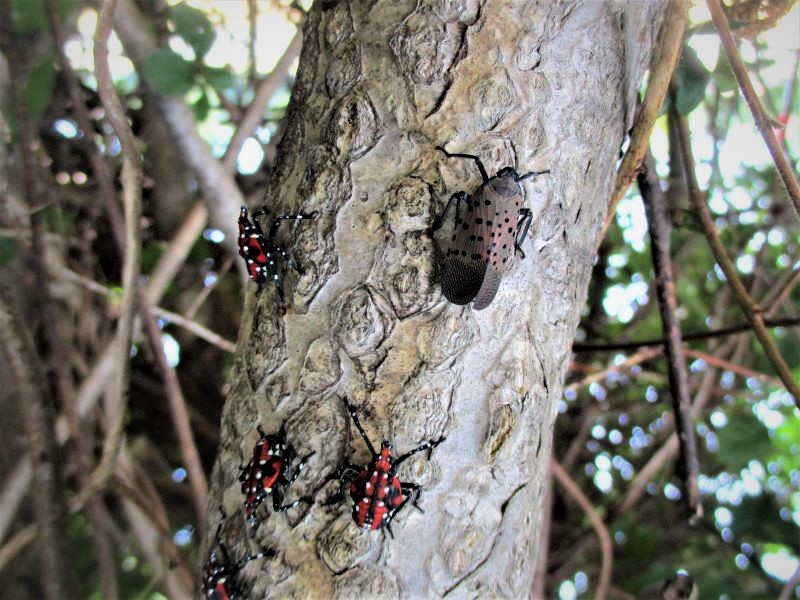
Spotted lanternfly adult & 4th instar nymphs. By late August, NJ will have these stages active. (Photo Credit: Steven K. Rettke, Rutgers Coop. Ext.)
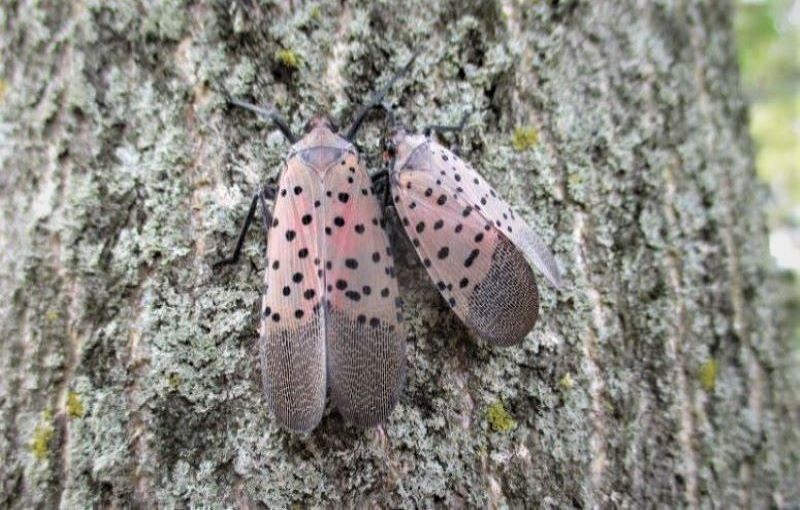
Adult female & male spotted lanternflies. Females will typically be 20% larger than males. They will pair-up & be side-by-side during the mating weeks of the fall. Sometimes an additional male or two will also be close by, “seeking the attention of the female.” (Photo Credit: Steven K. Rettke, Rutgers Coop. Ext.)
Some of the most common trees selected will include tree-of-heaven, red maple, black walnut, willow, birch, & grapes. Eggs Masses can potentially begin to be laid in mid-September, but the majority of adult females will not start egg-laying until the end of the month & will continue into the month of November. The majority of the egg masses are laid during October. With large deciduous trees, between 85-90% of eggs will be found above 10 feet off of the ground. Typically, they are laid in clusters underneath larger scaffold branches & at branch collars. Each female will usually lay two egg masses that contain 30-50 eggs each. Most adults will be killed with the onset of colder temperatures in late November. The NJ winters are rarely cold enough to kill the overwintering eggs.
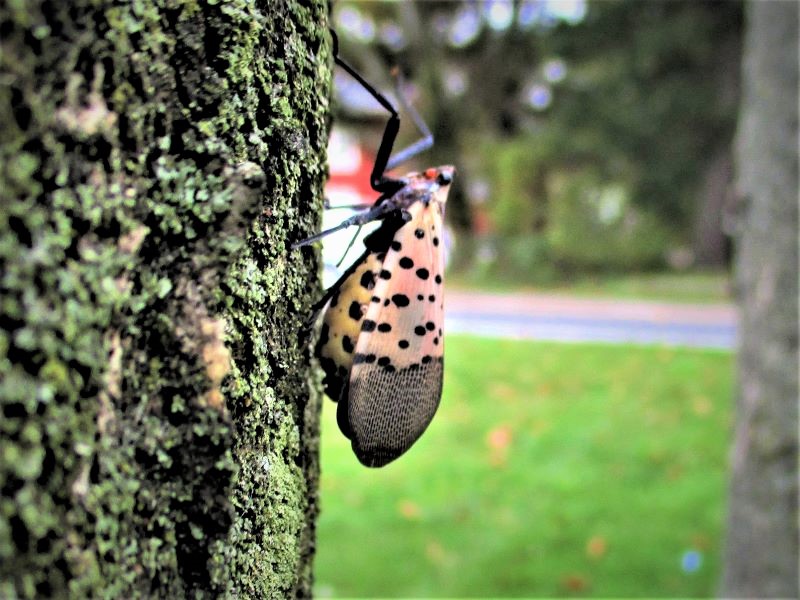
Spotted lanternfly gravid female. The enlarged yellow-colored abdomen indicates this female will soon begin to lay egg masses. (Photo Credit: Steven K. Rettke, Rutgers Coop. Ext.)
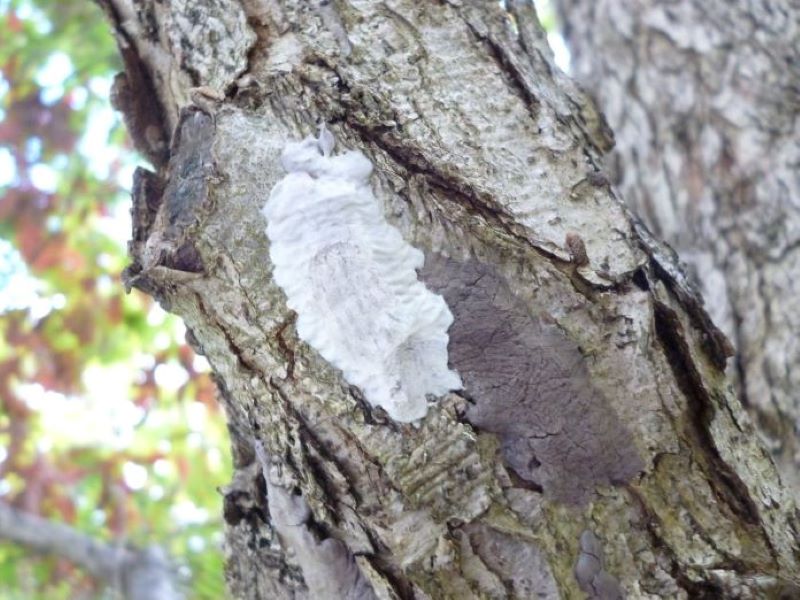
Spotted lanternfly egg masses. The white colored egg mass is only a few hours old. After less than a day the egg mass will turn a darker gray color & blend in with the bark of the tree. The masses contains 30-50 eggs each. (Photo Credit: Steven K. Rettke, Rutgers Coop. Ext.)
